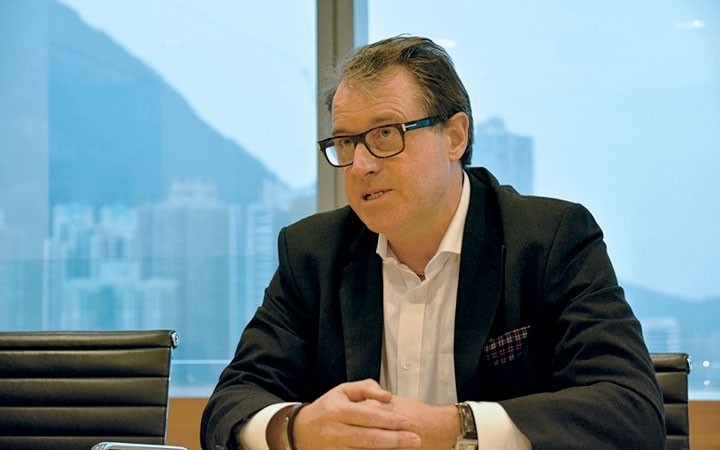
Business read the Financial Times is nearing the end of a commercial and editorial reboot to become a more globalized platform – the latest initiative in an ongoing rewiring of costs and revenues as online and mobile access transforms the way people consume news.
Later this year, editor Lionel Barber will unveil a new design for the newspaper itself, conceptualized as a “single edition global print product” with a greater focus on data and graphics and fewer editorial differences between different regional editions.
Changes to the newsroom, still being finalized ahead of the paper’s redesign, are designed to accommodate evolving roles for online, which is driving top-line growth, and print, which still represents a large cornerstone of earnings.
“Every manipulation that you make between the separate editions costs money,” notes Ben Hughes, the FT’s deputy CEO and global commercial director, speaking to Media Business Asia on a trip to Hong Kong last month.
“We have been very keen for there to be a certain global consistency of edition throughout the world.”
Hughes meanwhile has been reorganizing commercial operations around industry sectors, replacing legacy reporting lines for the FT’s regional editions in the UK, Europe, US, Asia and the Middle East.
The FT’s advertiser base is increasingly gravitating towards global campaigns, he explains, which now represent two thirds of print ad revenues.
“Our top 200 or so clients are really focusing on promoting themselves on a worldwide basis,” Hughes notes.
“They are the ones who are giving us a lion’s share of the revenue.”
The door stays open for regional ad campaigns, which remain a good source of income. “But there’s no doubt the real piece for the FT at the moment is in being a global platform,” he adds.
This move has taken out many regional roles worldwide, including some members of the sales team in Japan within Asia. Most of the job cuts however, affecting around 15% of ad sales roles, took place in the UK and the US.
“We had to say goodbye sadly to some quite senior people but the teams are now working as one, under management in the UK,” Hughes says.
“We believe that this is a far better structure that will suit our global clients around the world.”
It was only last year that the Financial Times allowed itself a backward nod, as the venerable brand celebrated its 125th anniversary.
The FT Group’s 2013 results however trumpeted a company meeting the challenge of new business models head-on, keeping a tight rein on costs while developing new digital revenues.
Group income overall, including a 50% stake in The Economist, was pretty much flat, although profitability showed more signs of life, leaping up 17% to about US$92 million.
Print ad sales, still a major cornerstone of revenue, slipped slightly in a tough year.
Print costs are more contolled however, after management pruned bulk copies as well as the number of global print sites over the course of the year.
These moves have brought the cost of producing and distributing the paper below earnings from cover sales.
"It's now starting to act as a revenue stream, as well as being a really important platform," Hughes says.
At the same time, money the FT itself (ie excluding The Economist) earned from digital content revenues, including subscriptions and syndication, overtook print content revenue for the first time.
Digital subs for FT.com meanwhile rose 31% last year to 415,000, nudging up total paid circulation by 8% to 652,000.
As content makes a bigger direct impact to the top line, the overall contribution made by advertising is falling, representing 37% (~US$275 million) of group takings in 2013, down from 52% just five years earlier. That proportion was even higher, at around 75%, as recently as the late 90s.
The transition isn’t over yet, but these are encouraging signs of a new business model that not only survives but thrives in an online world.
“We are doing everything we can to address our cost base, but also to think of new revenue streams,” Hughes says.
“If you do that, the margin takes care of itself.”

As a leading independent consulting and research provider focused on Asia media & telecoms, MPA offers a range of customized services to help drive business development, strategy & planning, M&A, new products & services and research. Based in Hong Kong, Singapore and India, MPA teams offer in-depth research reports across key industry sectors, customized consulting services, industry events to spread knowledge and unlock partnerships, and publications that provide insights into media & telecoms.
All Media Partners Asia articles >Thank you for submission
Once you activate the account, your subscription entitles to receive 3 months of complimentary access to ‘The Digest’, MPA’s monthly email analysis,updates across TMT with exclusive industry interviews and data.